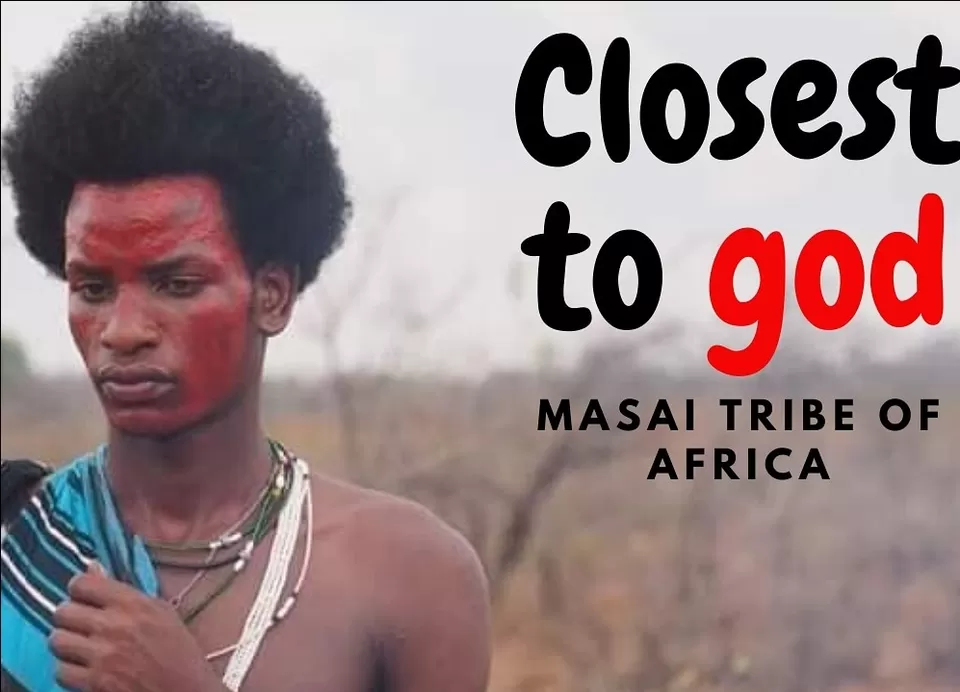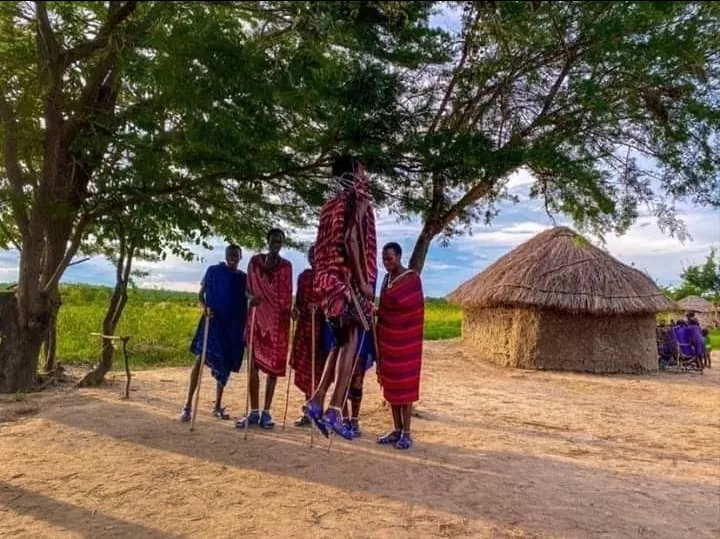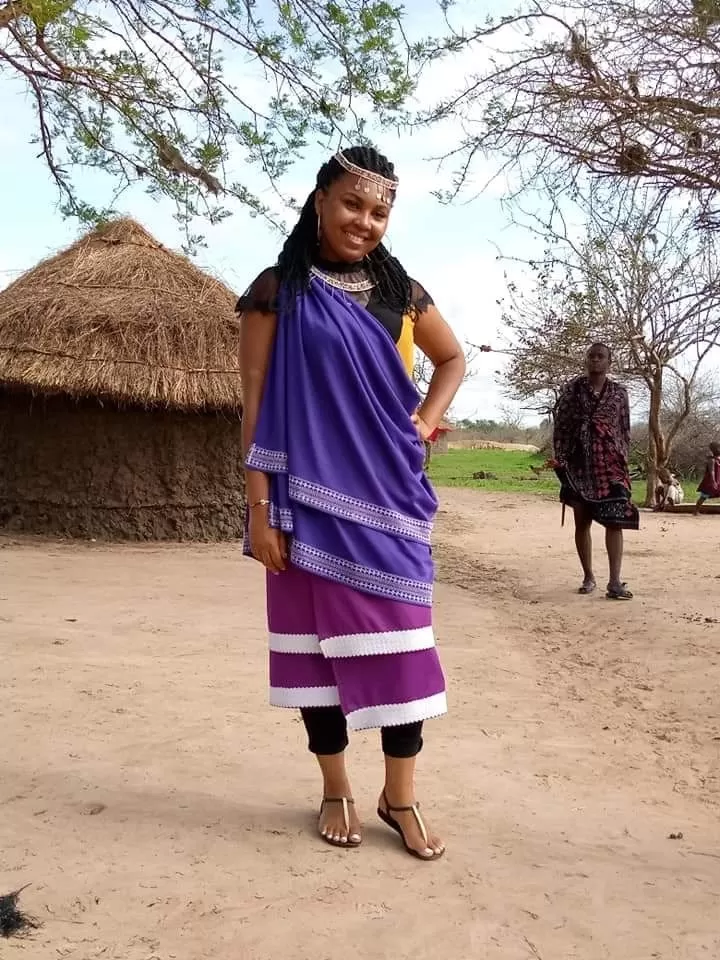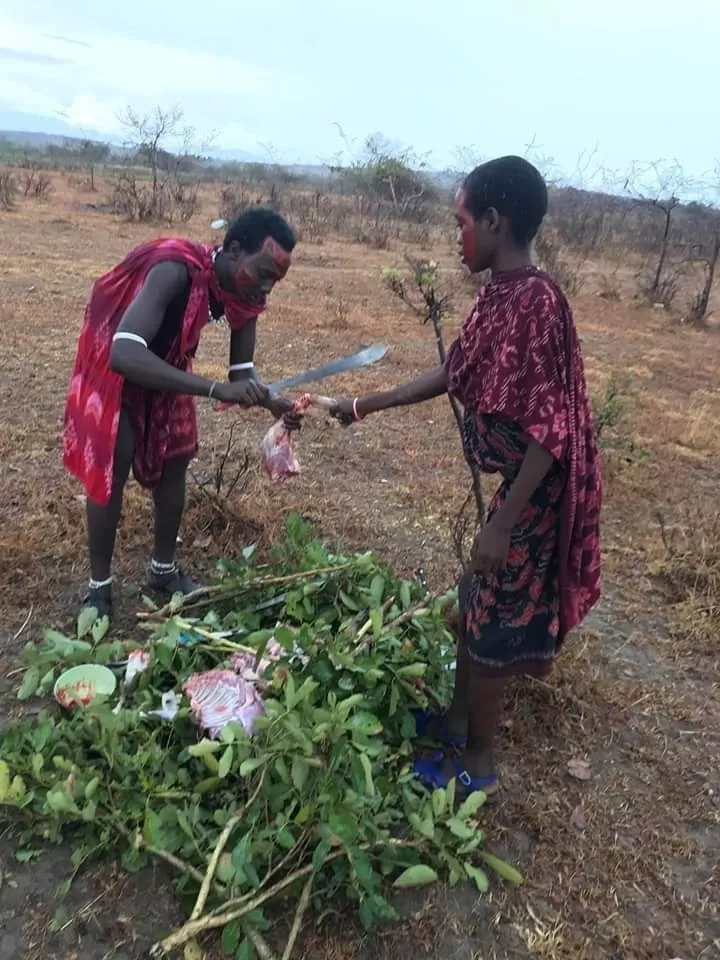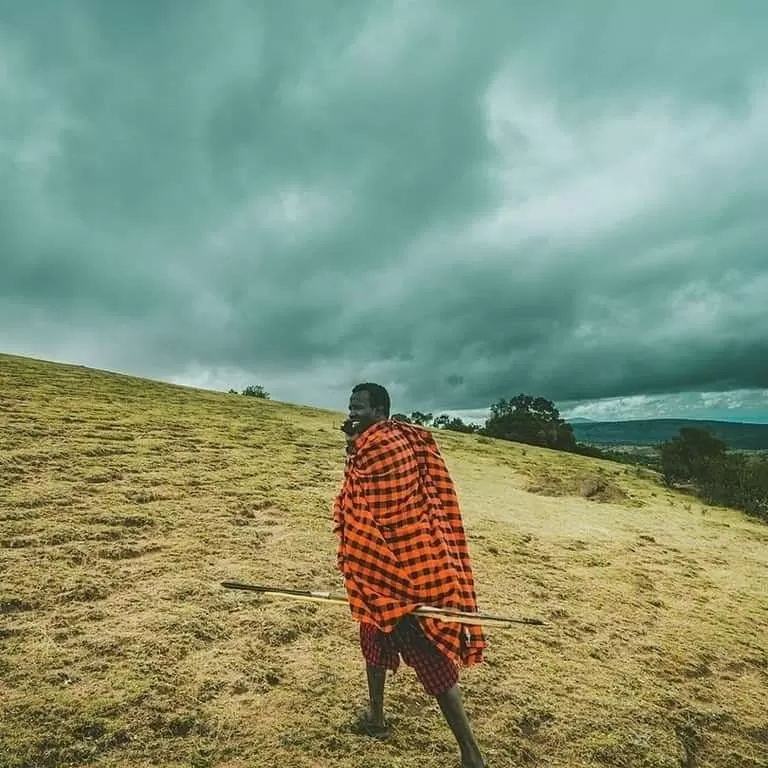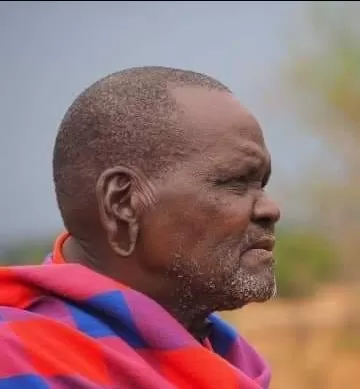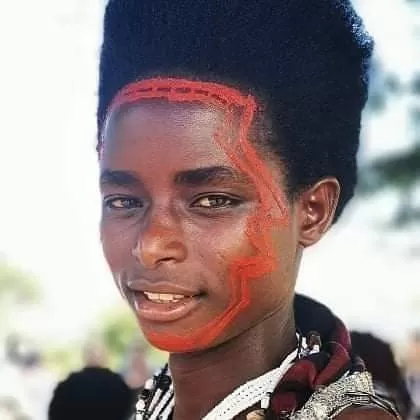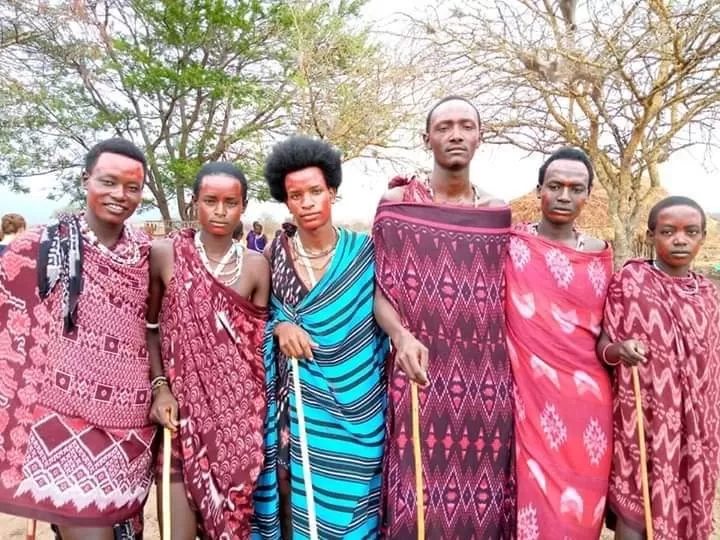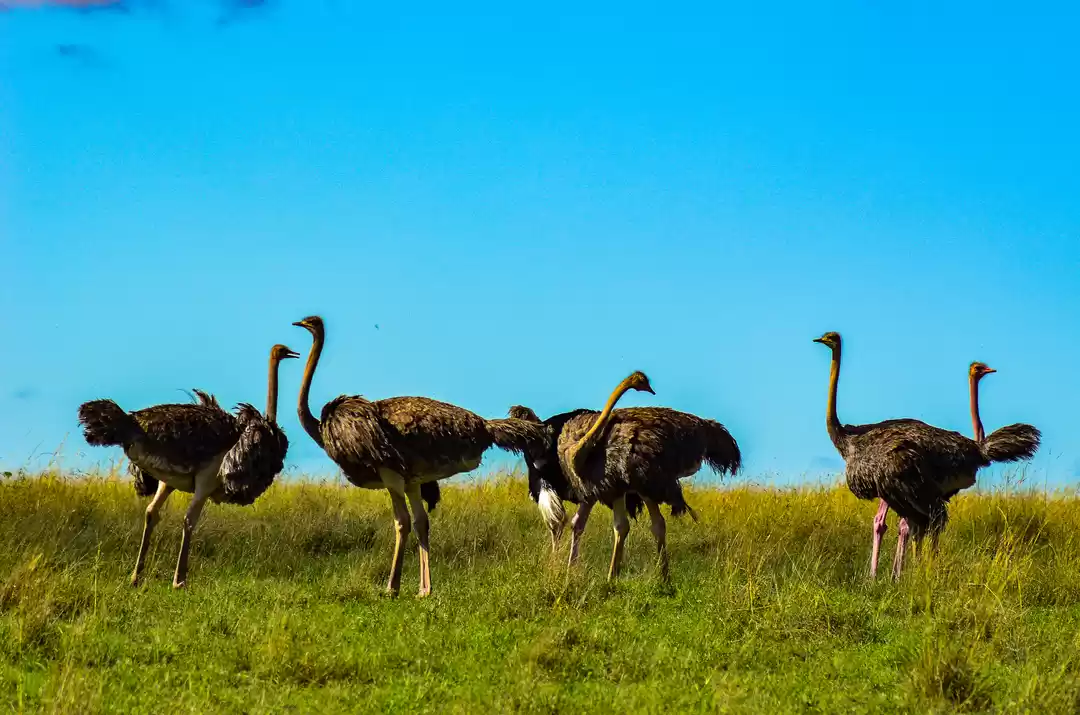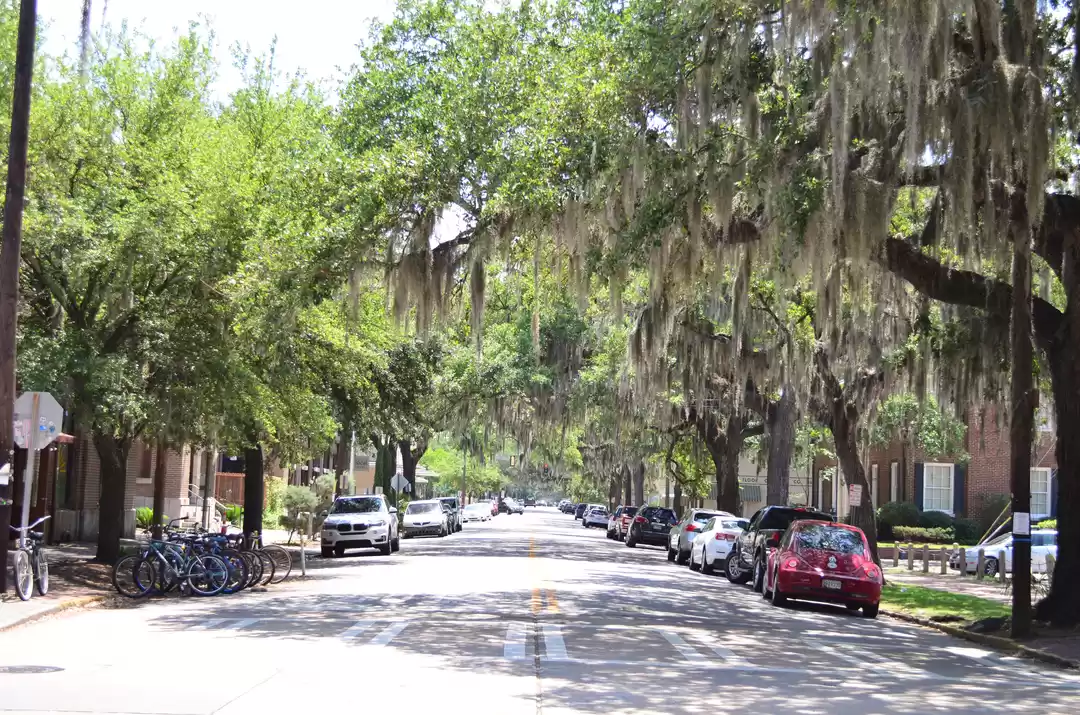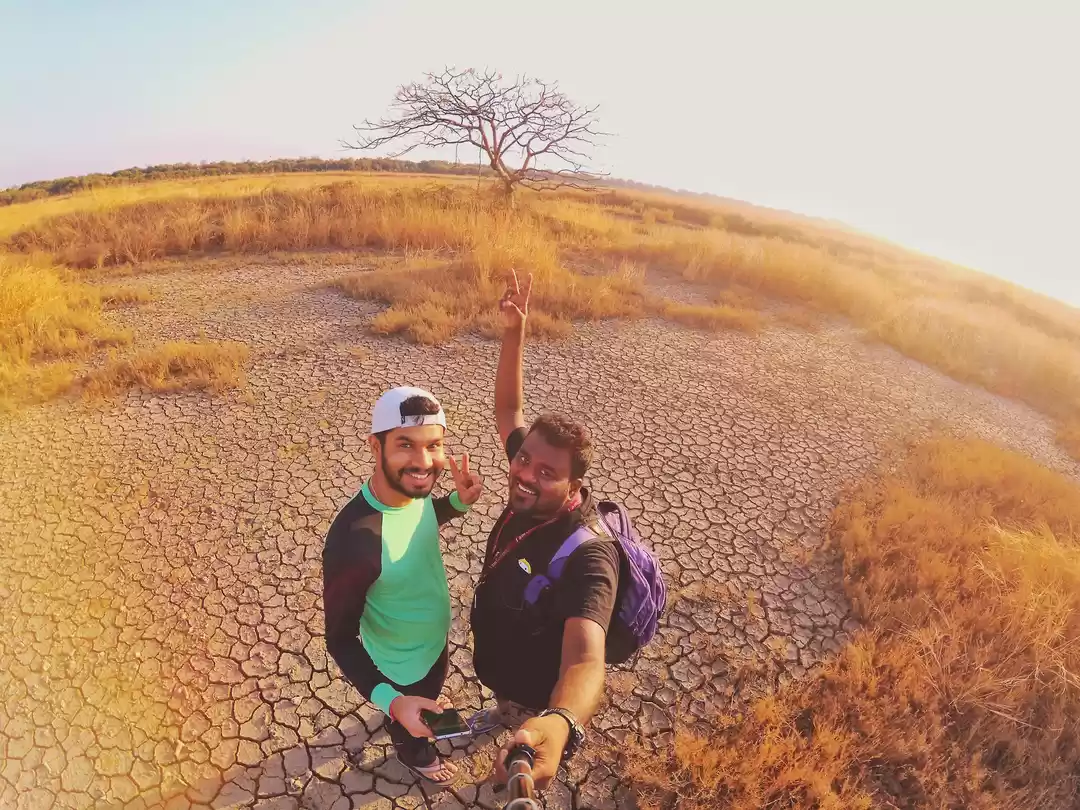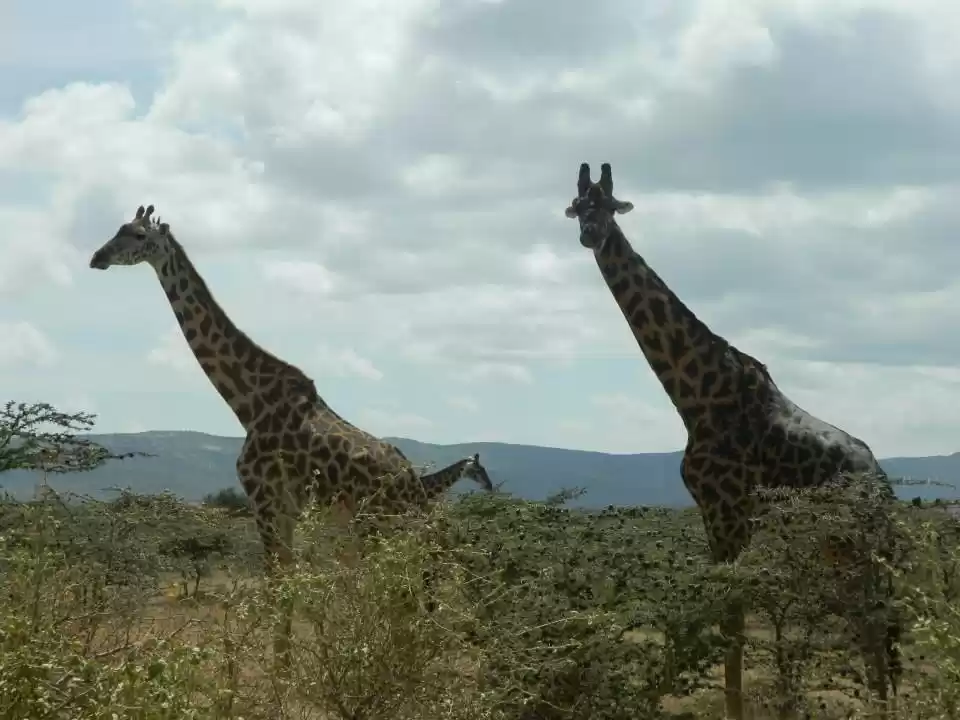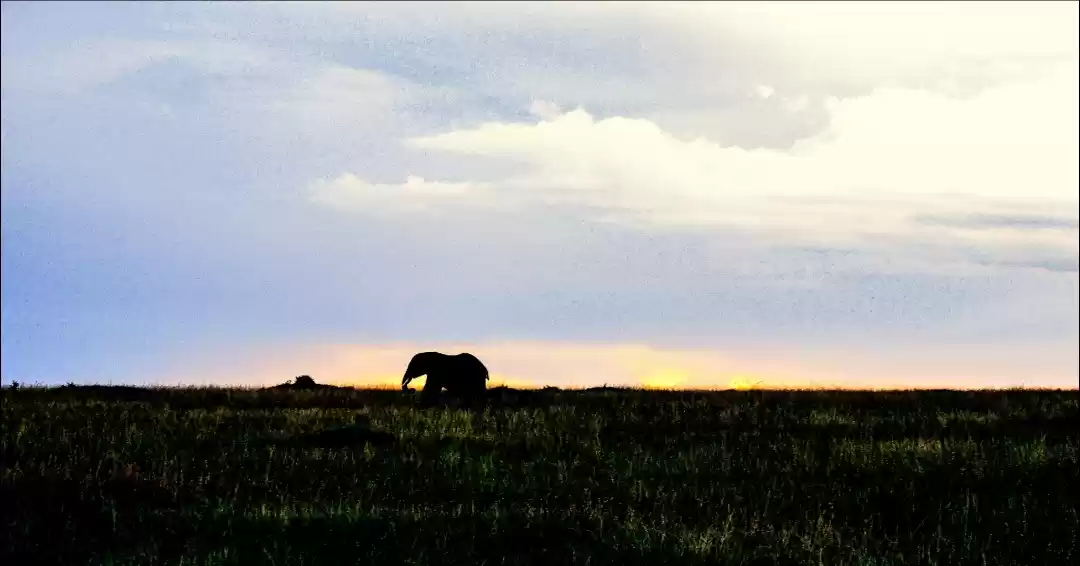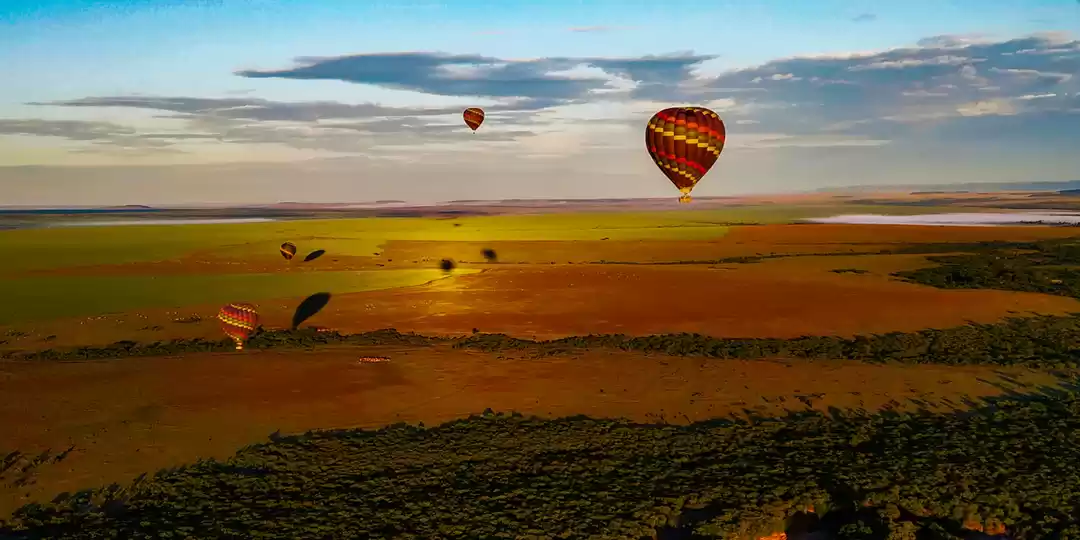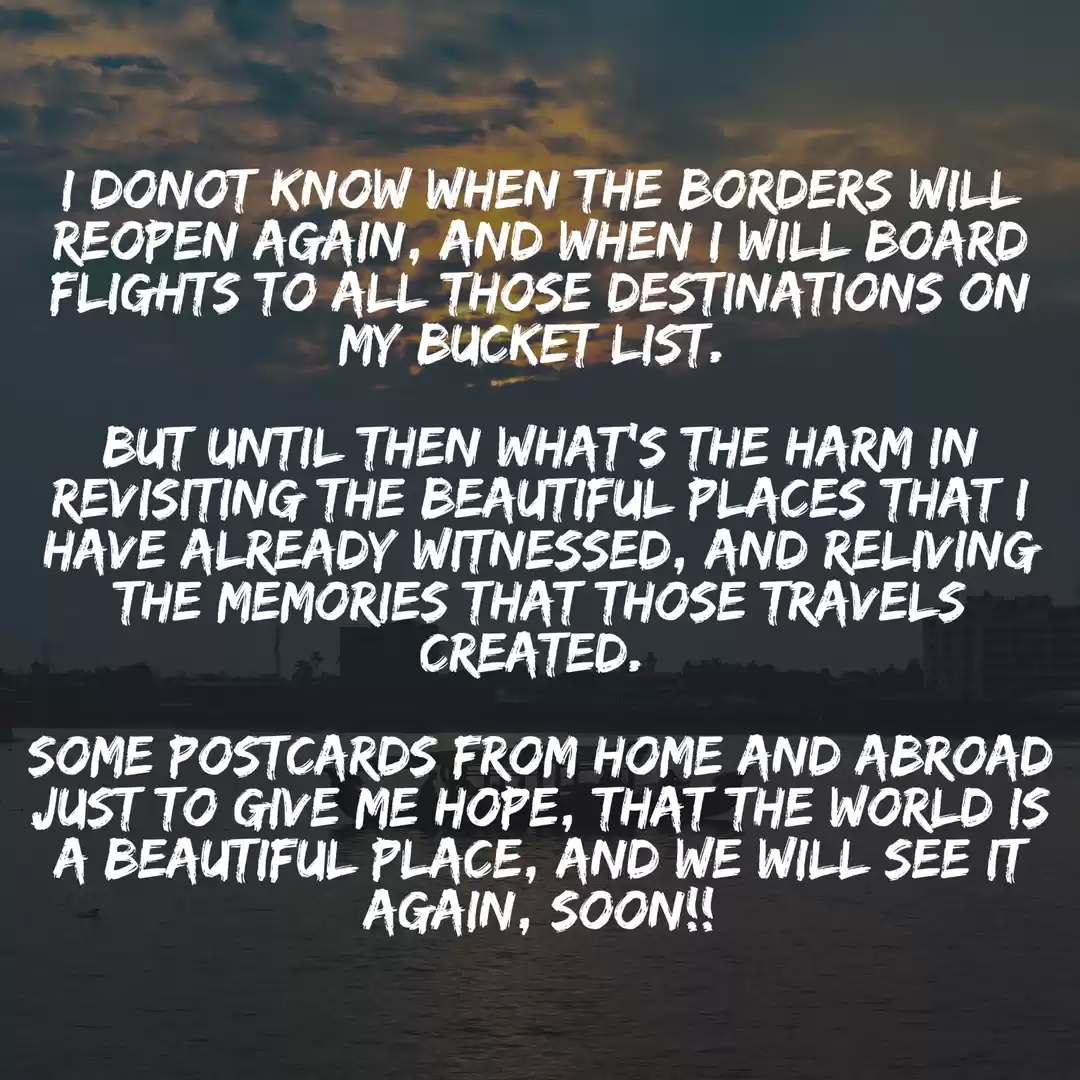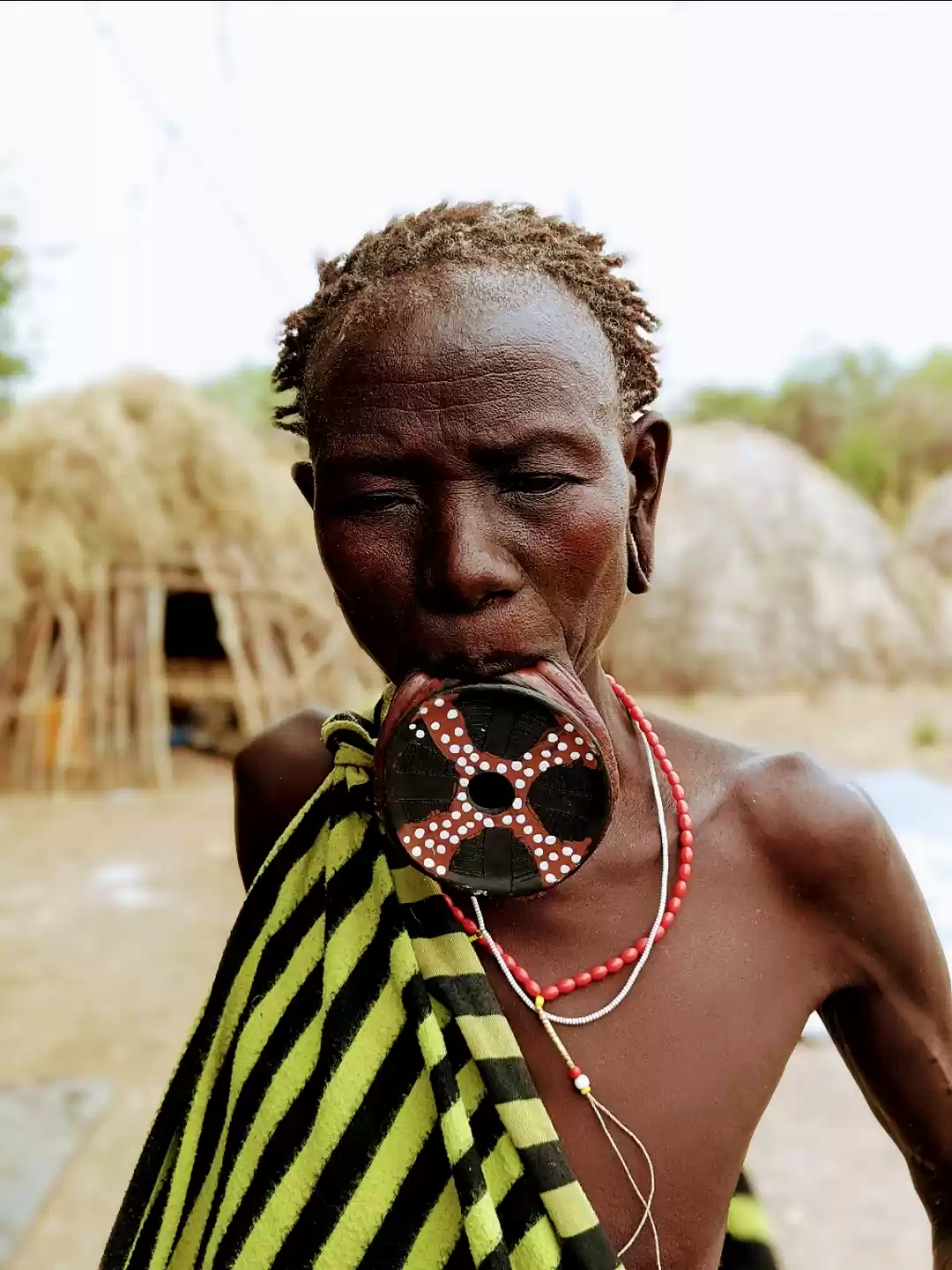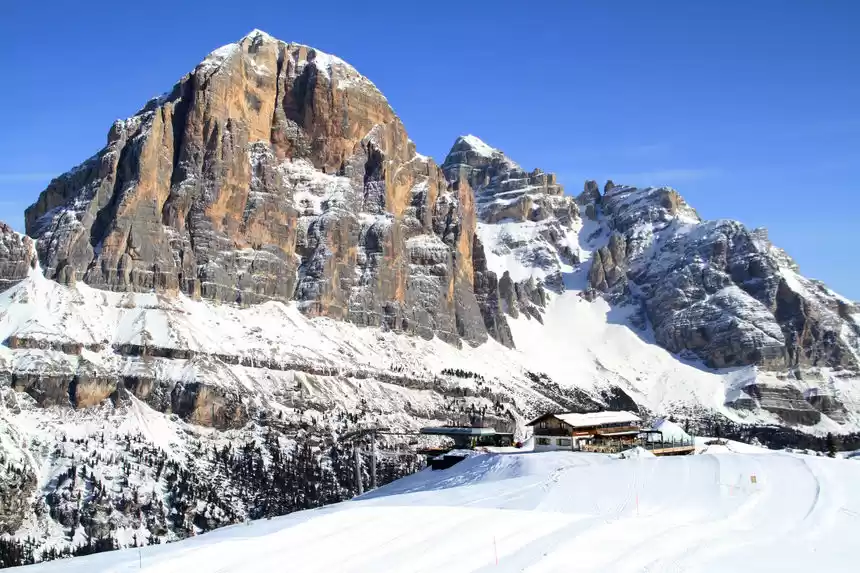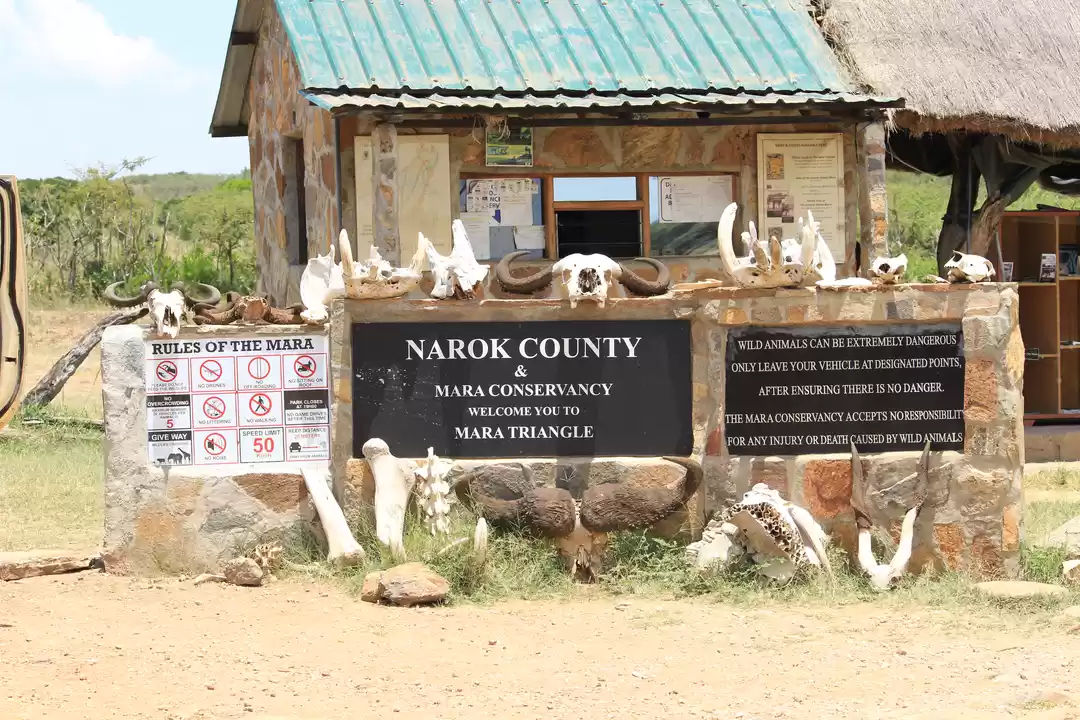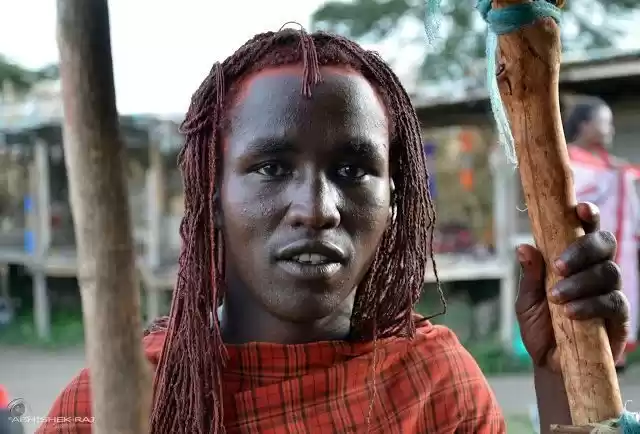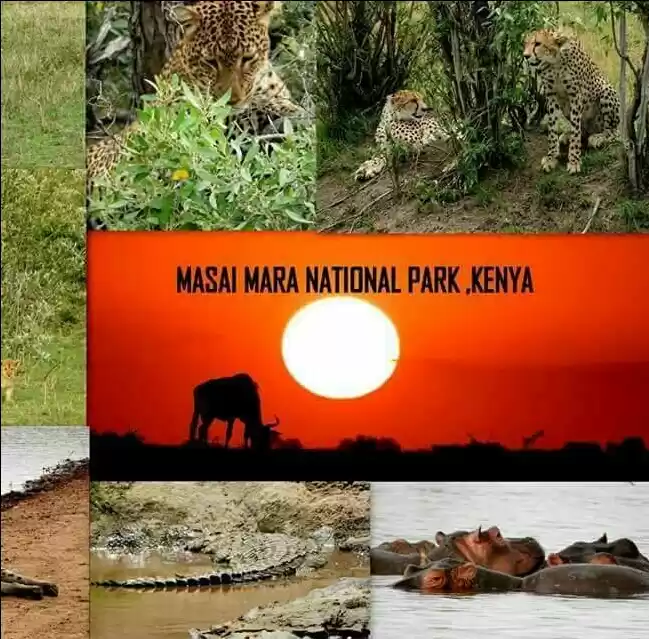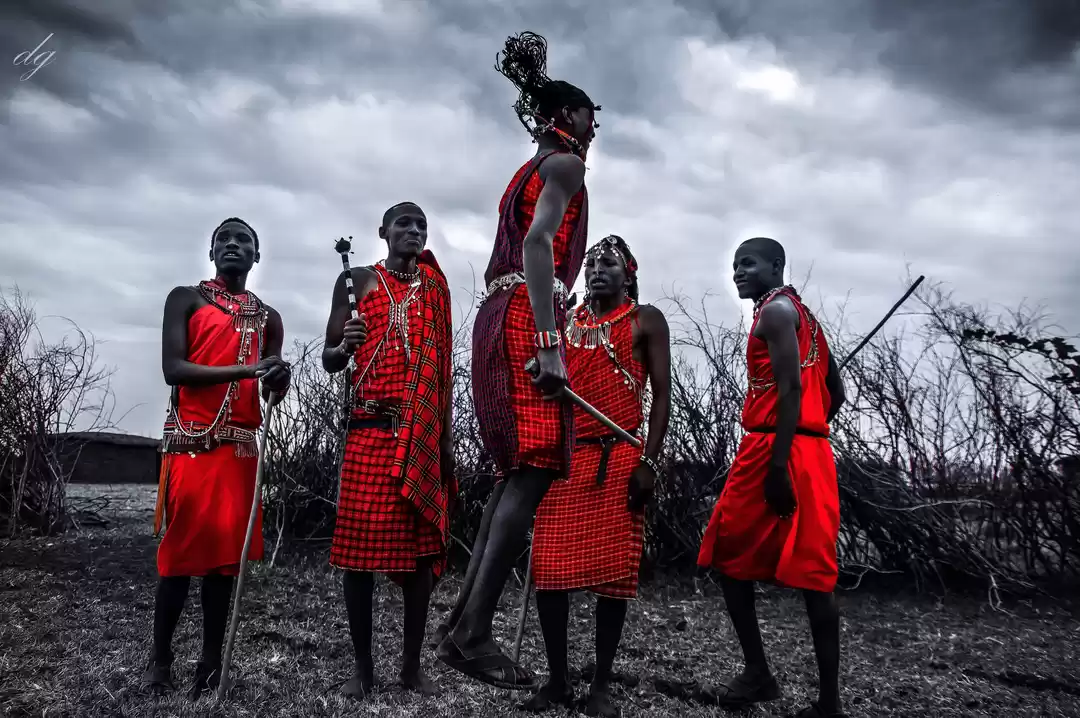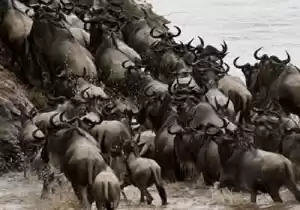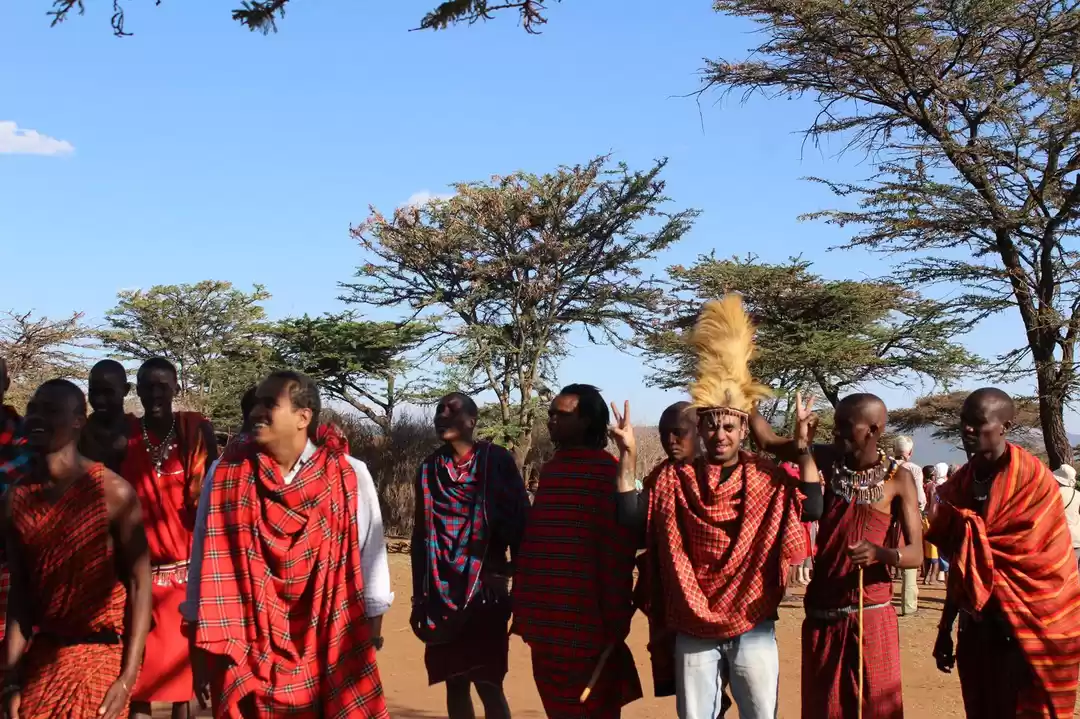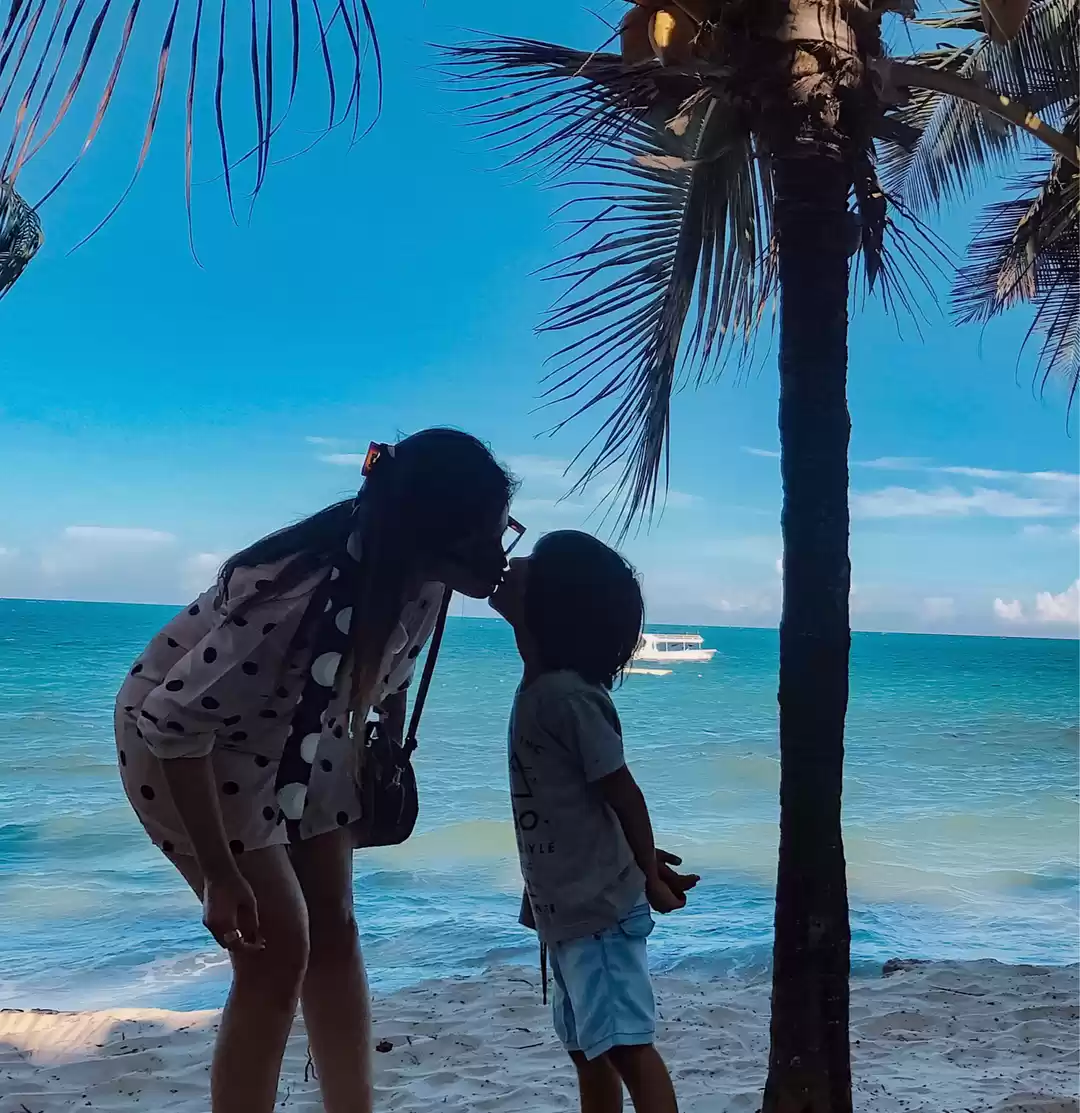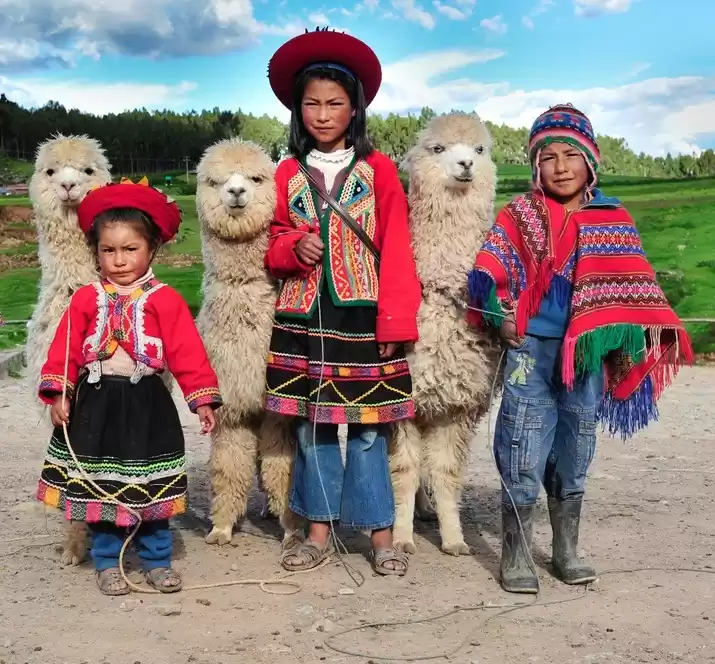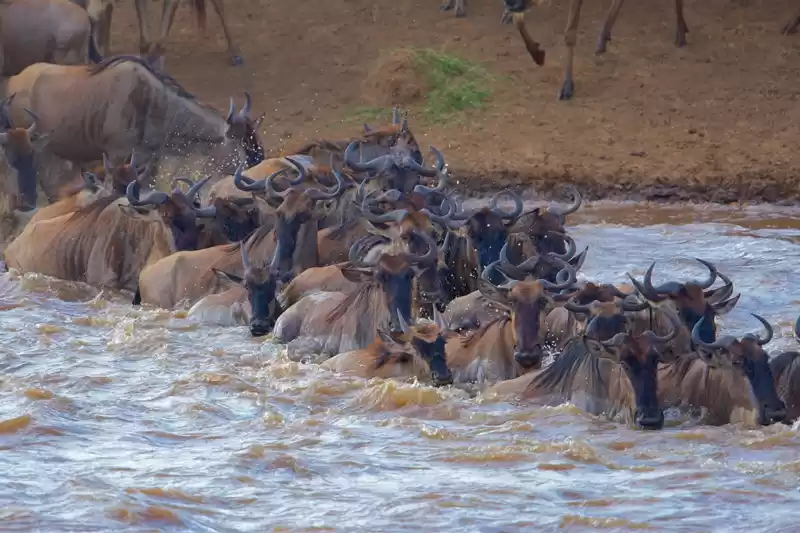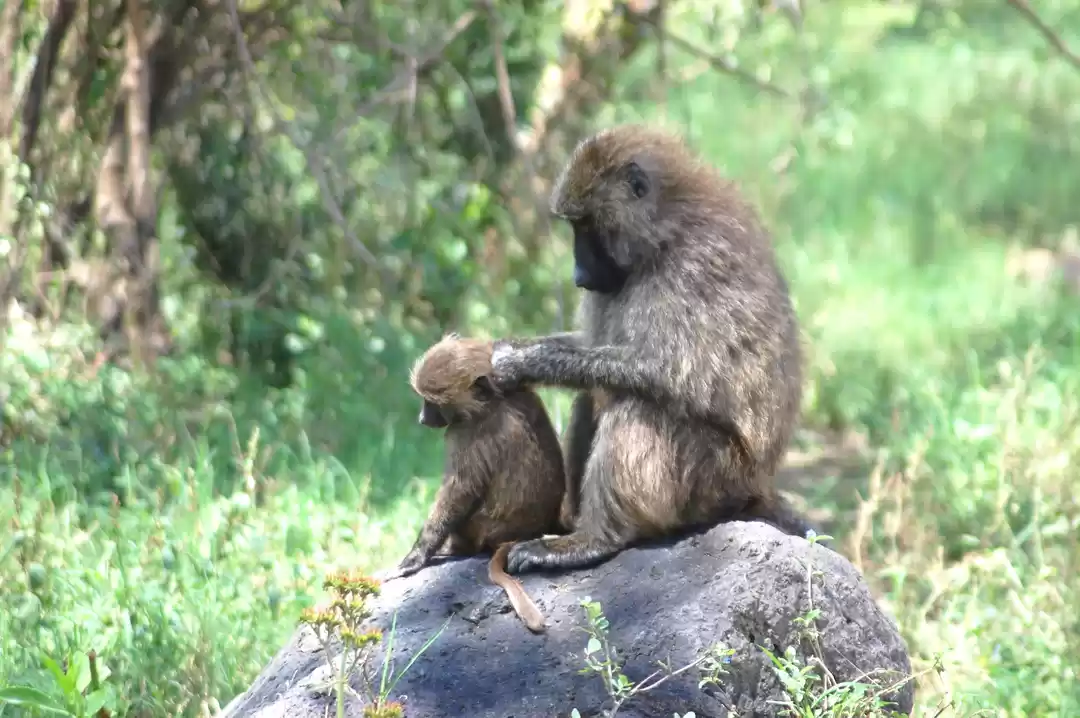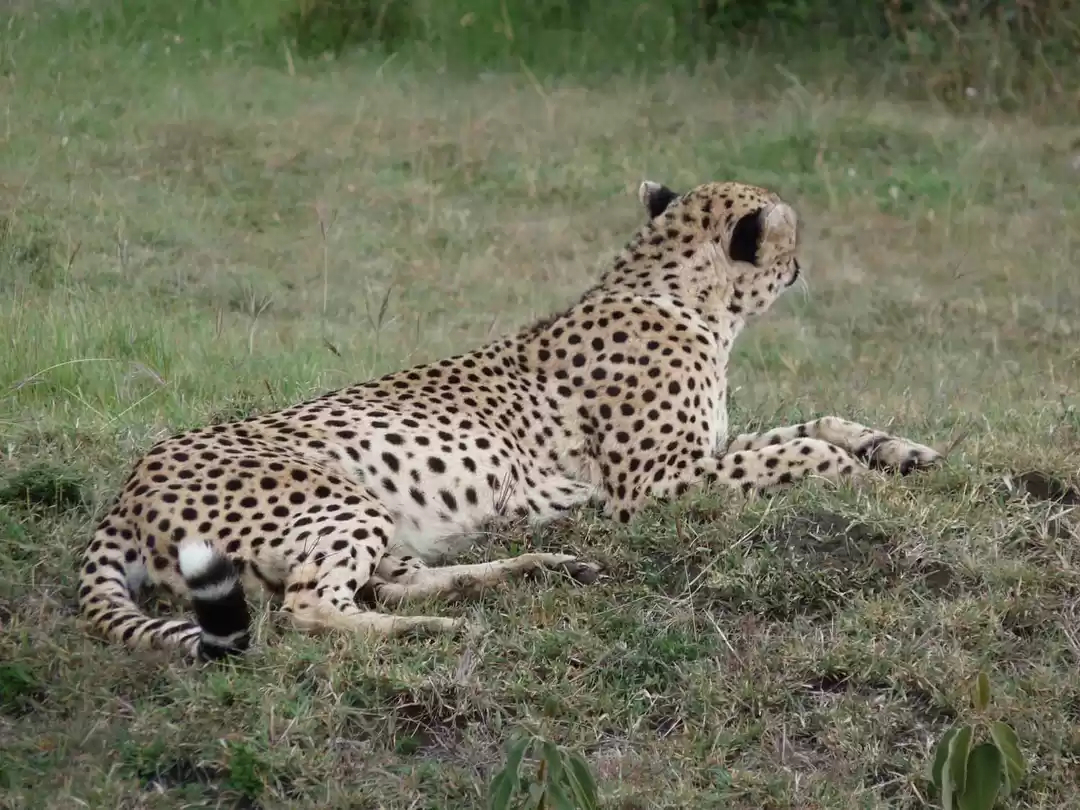Through this blog, we wish to promote the Masai culture and help the world know about them.
Major challenge for the Masai warriors
Climate change has become a climate disruption. As a semi-nomadic tribe, the Masai communities in Kenya and Tanzania are incredibly vulnerable. We also want to generate a culture of peace by showcasing, sharing, presenting and promoting the best aspects of the Masai world-view.
Introduction
The Maasai (or Masai) people are an East African tribe who today principally occupy the territory of southern Kenya and northern Tanzania, and who speak the language of the same name. The Nilo-Saharan Masai migrated southwards to that region in the 16/17th century.
How do they survive
They thrive on animal husbandry , especially the herding of cattle.
Traditional Masai lifestyle centers around their cattle which constitute their primary source of food. The measure of a man’s wealth is in terms of cattle and children. A herd of 50 cattle is respectable, and the more children the better. A man who has plenty of one but not the other is considered to be poor. A Masai religious belief relates that God gave them all the cattle on earth.
Masai warriors are particularly famous for their height, stamina, and striking red hair and their success in warfare brought them domination of the Rift Valley grasslands. The Masai Mara game reserve in southern Kenya is named in honor of the tribe which still lives there.
The Masai Migration
The Masai were originally a Nilo-Saharan people centered around the area of what is today Sudan. They then migrated southwards, along with other tribes such as the Tutsi, searching for better grazing and agricultural lands, a quest which eventually took them into central East Africa around 1750 CE. They passed through the highlands of Kenya and past Lake Turkana, finally settling on the Savannah grass plains of what is today southern Kenya and northern Tanzania. The Nilotic-Kushite origins of the Masai are evident in their physical characteristics and the many instances of words borrowed from Kushite or Eastern Nilotic languages present in the Masai or maa language.
The “MAA” Language
The Masai language called ‘Maa’ is spoken but not generally written. When you have such a strong oral tradition there’s almost no reason to write anything down at all. In fact, the oral tradition of the Mainsail people carries such weight that they decided to name themselves after it. In simple terms, the name ‘Masai’ itself means ‘people who speak Maa’.
Adamu, the jumping dance
For the Masai, the adumu is just one in a series of rituals that make up the Eunoto, the ceremony in which the junior warriors, or morani, graduate to the ranks of manhood.
Many travelers to Tanzania and Kenya visit a Masai village and have the opportunity to take part in the adamu, the dance affectionately referred to as the “jumping dance.
Yes, they drink cattle blood
This has probably been one of the most intriguing facts about the Masai people. As strange as it may sound to some, the Masai do in fact drink the raw blood of the cows and goats that they slaughter, which is their primary source of food. The act is considered honorable.
The Maasai do not bury their dead
The modern Masai tribesmen and women do. However, the older generation who are more conservative in approach do not bury their dead. The dead are left out for scavengers.
Role of Government in developing Masai Culture
The Tanzanian and Kenyan governments have instituted programs to encourage the Masai to abandon their traditional semi- nomadic lifestyle, but the people have continued their age-old customs. Many Masai tribes throughout Tanzania and Kenya welcome visits to their villages to experience their culture, traditions, and lifestyle, in return for a fee.
That’s all for today!
Hope our friendship continues and goes a long way.
“If you want to go fast, go alone. If you want to go far, go together.”
-African Proverb
Visit: https://nomadlawyer.org/
